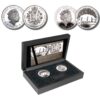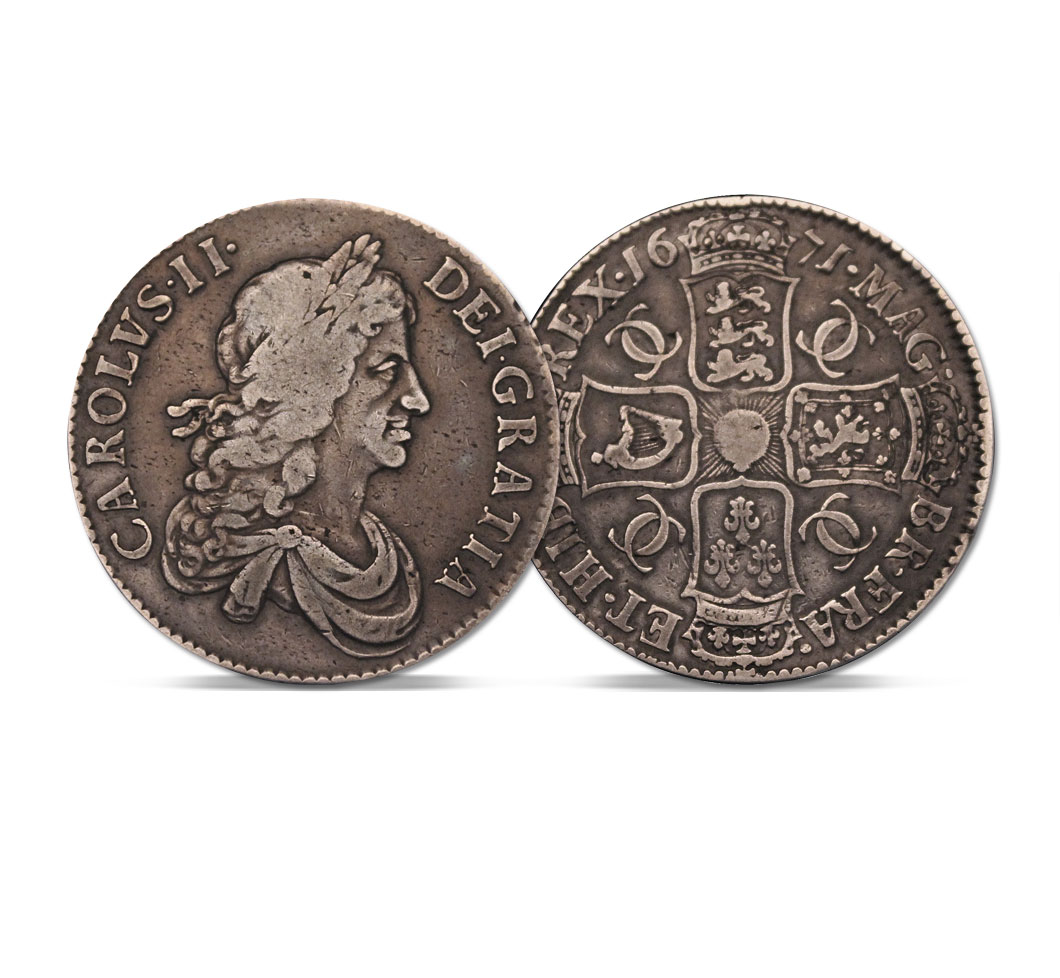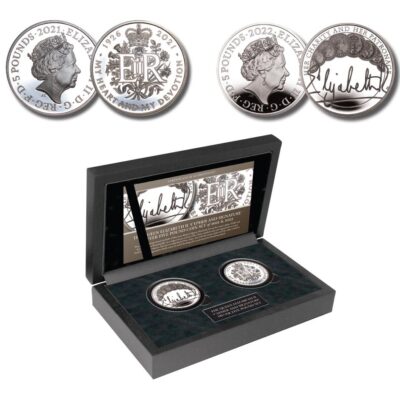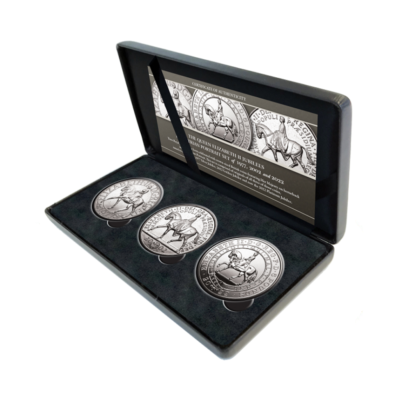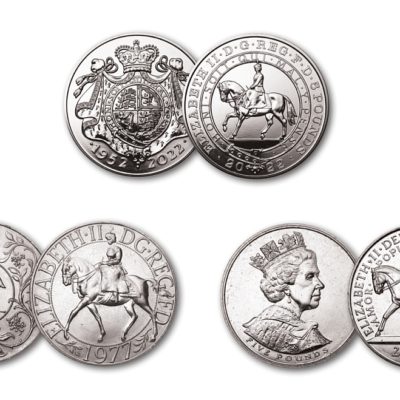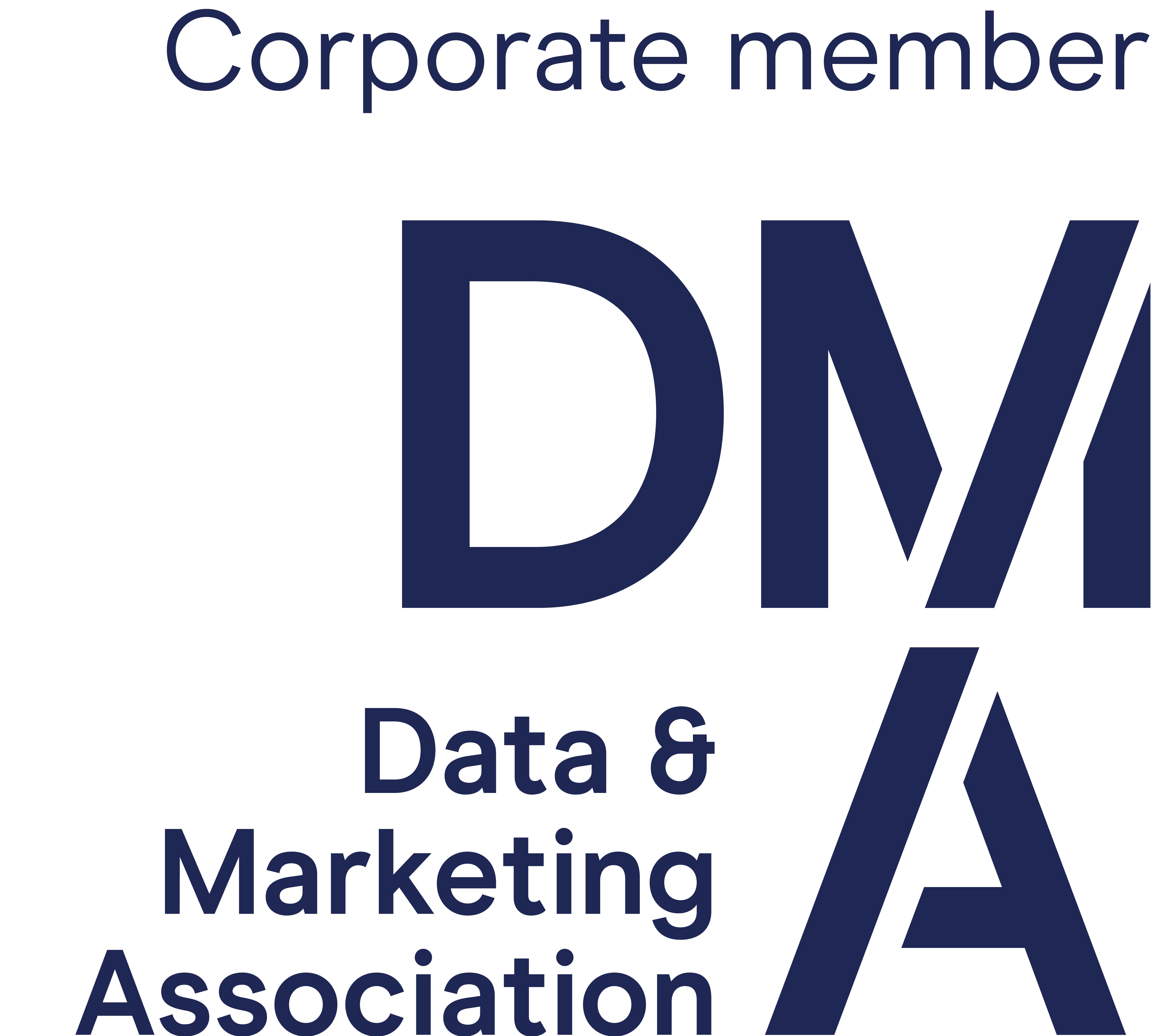Description
King Charles II was the fifth monarch to strike the silver crown, it having been introduced in 1551 by King Edward VI. In addition to these monarchs the crown had also been struck by The Commonwealth of England and Oliver Cromwell (although the exact status of his coinage is subject to debate).
The crown, with a value of five shillings, was an important coin in the currency system of this era. The other silver coins of this reign were the halfcrown (2s6d), shilling (1s), sixpence, fourpence, threepence, twopence and penny. The crown was minted in each year from 1662 to 1684.
The coin featured a portrait of King Charles II by John Roettier, a Dutch artist whom the king had known in his exile, and had brought over to England.
The reverse side features the four crowned shields of England, Scotland, France, and Ireland arranged to make a large cross: British monarchs still claimed a right of kingship over France, and would do so until 1801. Between the shields are four linked double C’s.
The king was shown draped with clothing over his shoulders and chest while on the gold coinage this drapery was not shown: this was a security measure to prevent the gold-plating of silver coins to be passed off as gold.
INSCRIBED EDGE
King Charles II changed the way his coinage was minted. For centuries coins had been produced by the ancient technique of hammering by hand. King Charles II instructed the Royal Mint to use the mill and screw press, a machine that enabled greater pressure in striking, and therefore better quality impressions and greater consistency in minting.
Small scale tests had been carried out using these machines during the reigns of Queen Elizabeth I and King Charles I, and coins struck for Oliver Cromwell, but King Charles II, in an effort to ‘sweep aside’ all coinage from The Commonwealth and Cromwell before him, wanted a coinage so impressive that people would not want to use anything else.
Apart from more consistent impressions of the design onto the coin, the mill press had another marge advantage and that was that it could strike designs onto thicker coin blanks.
This in turn enabled the edges to carry a pattern, or in the case of the silver crown, it could be inscribed with lettering! These two options were a great leap forward in the aim to prevent people from ‘clipping’ (or shaving) precious metal off the edges of coins for profit.
The edges of King Charles II silver crowns were inscribed with the words DECVS ET TUTAMEN (“An ornament and safeguard”) followed by ANNO REGNI (“year of reign”) and then the kings’ regnal year. King Charles II measured his reign from the death of his predecessor King Charles I in 1648, sweeping aside the eras of the Commonwealth and Cromwell. The crowns of 1664 to 1666 feature the reign in roman numerals, while those after 1667 are in words.
As an example the year 1672 is the 24th year since the death of King Charles I so the edge is inscribed DECVS ET TUTAMEN • ANNO REGNI VICESIMO QUARTO.


